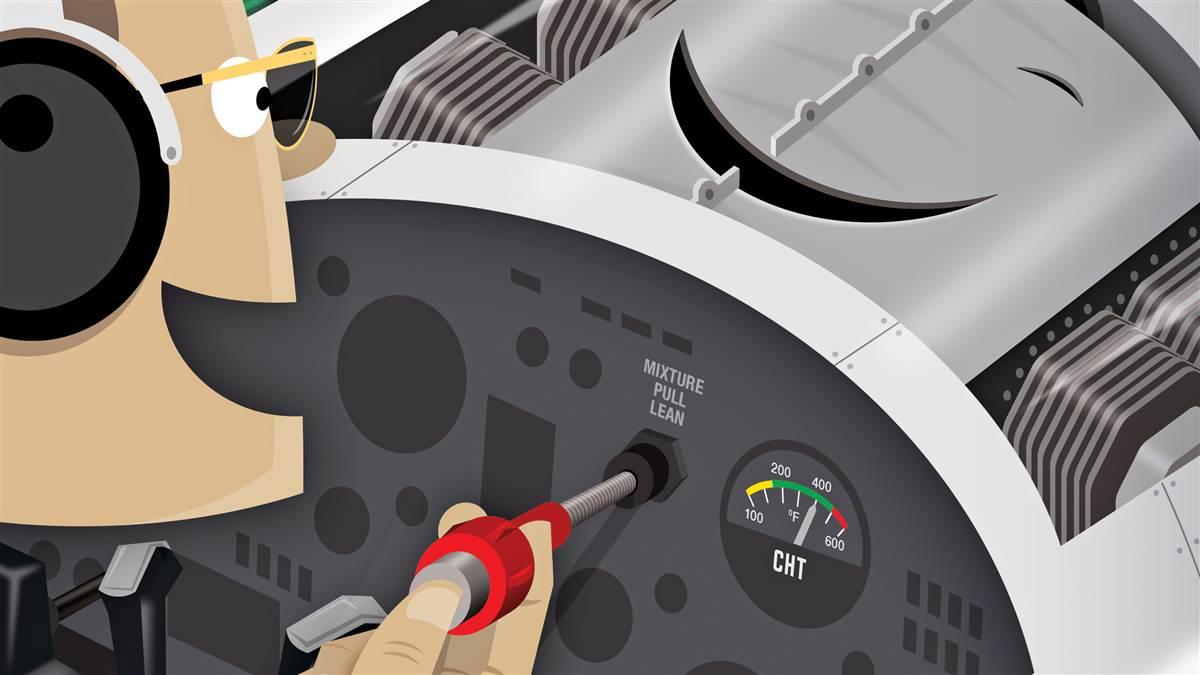Ed Haywood
En-Route
I've read numerous threads on this topic that advise leaning to 100-125 degrees ROP to avoid detonation.
Was just reading the AEIO-360 Lycoming Operators Manual and it lists two leaning methods with an engine monitor: 125 ROP for best power, or peak EGT for best efficiency.
I've never used peak EGT. What concerns should I have about that method?
Was just reading the AEIO-360 Lycoming Operators Manual and it lists two leaning methods with an engine monitor: 125 ROP for best power, or peak EGT for best efficiency.
I've never used peak EGT. What concerns should I have about that method?
Last edited:

